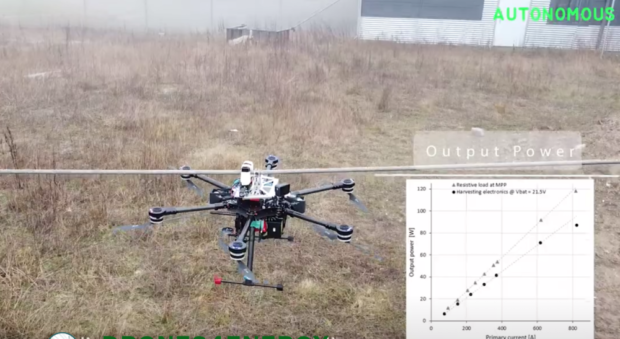Following several years of testing and development, the University of Southern Denmark (SDU) announced that it has developed a flying drone which can connect directly to high-voltage power lines and recharge its battery without having to return to base. The exciting innovation was presented with a test in central Odense, Denmark’s third-largest city.
The invention was developed within the framework of the Drones4Energy project, which itself is one of several similar projects aimed at testing the capability of the flying machine in different sectors of life. The self-charging drones in question will be used to inspect the 7000-kilometre electric grid network of Denmark and provide better accuracy, more efficiency and safety for the employees of the energy supplier Energinet.
“Now we have shown that we can land on the (power) line and charge directly. This means that we can let swarms of autonomous drones place sensors and inspect the wires, which today must be disconnected and inspected by humans using lifts and helicopters,” explained Emad Samuel Malki Ebeid, a researcher at SDU.
According to Energinet, the drones will be used for inspections and for the placement of sensors, which will allow the real-time monitoring of the electrical grid. Up till now, the placing of sensors was laborious, which involved having to turn off parts of the line and having people climb to place them manually. The result is that not too many sensors have been installed, but with the help of the flying devices, this is about to change.
The Drones4Energy project, which was launched in 2018, has been followed by a new project called Drones4Safety. In the latter, the focus is on inspecting bridges and railways, but the safety drones will also be charging their batteries by connecting to the nearby power lines.
Source: The Mayor

